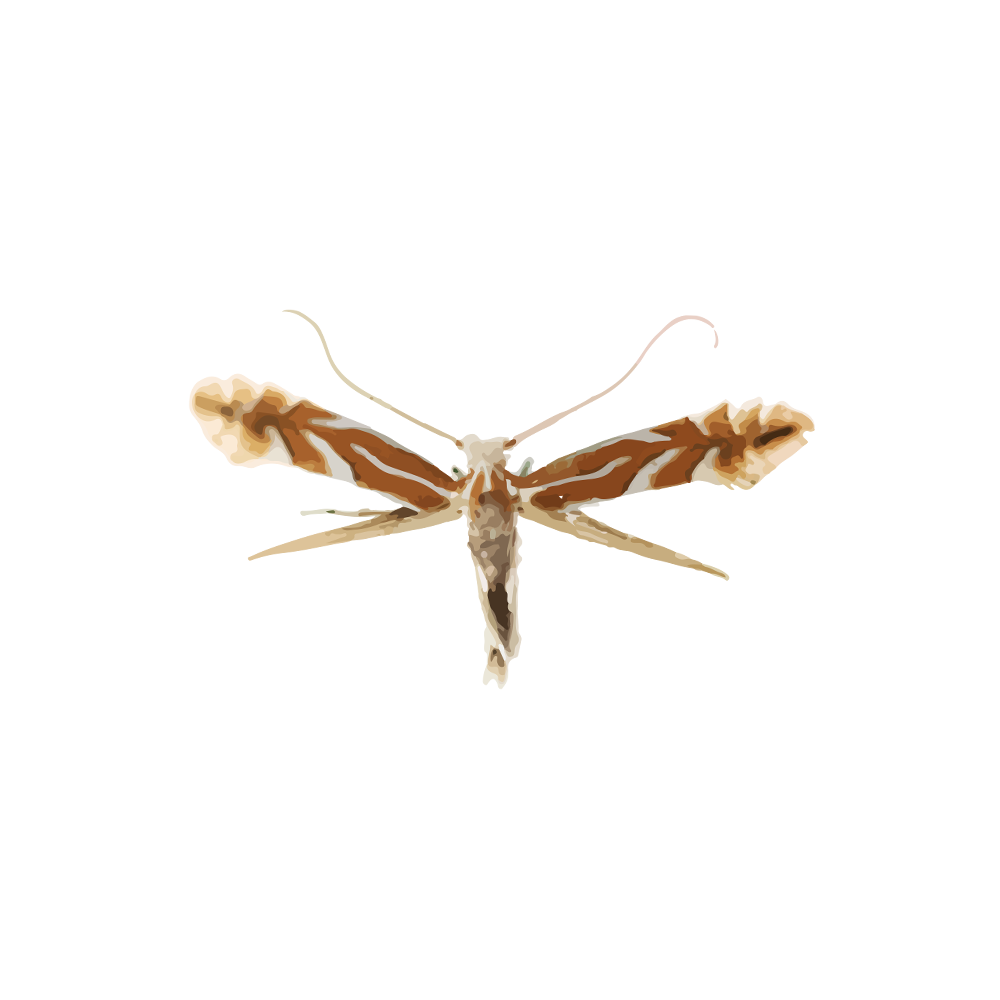


| Latin Name | Phyllonorycter ringoniella |
| Common Name | Asian apple leafminer |
| Biology | Adults are nocturnal, exhibit phototaxis, and lay eggs on the undersides of leaves. Larvae penetrate beneath the leaf epidermis to feed on the mesophyll, creating oval-shaped lesions containing black frass, while yellow net-like spots appear on the upper leaf surface. This pest completes 5-6 generations annually, overwinters as pupae in fallen leaves, and adults emerge when apple trees begin to bud in spring. |
| Damage | This pest primarily damages Rosaceae fruit trees such as apples, pears, and crabapples. |
| Distribution Regions | East Asia |
| Monitoring | Pheromone lures mimic natural sex pheromones to attract male insects into specialized traps for population monitoring and suppression. As a core IPM component, monitoring enables early risk detection and targeted control. Mass trapping reduces mating opportunities to curb offspring populations. Protocols: ●Use only with matched traps. ●15-45 traps/hectare,replace/replenish every 4-6 weeks. ●Wear gloves or wash hands with detergent when switching lure types. ●Refer to trap-specific hanging instructions. |
| Recommended Traps | Delta Trap, Wing Trap |

Share your contact information to receive precision-matched pheromone solutions. Should our existing portfolio lack an optimal fit, our synthetic chemistry team will initiate custom development—from molecular structure design to scaled production.